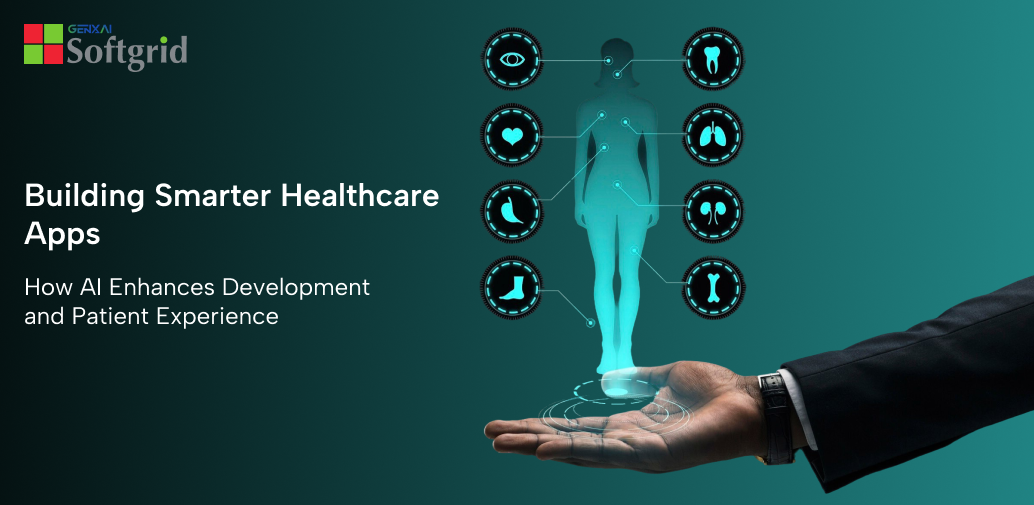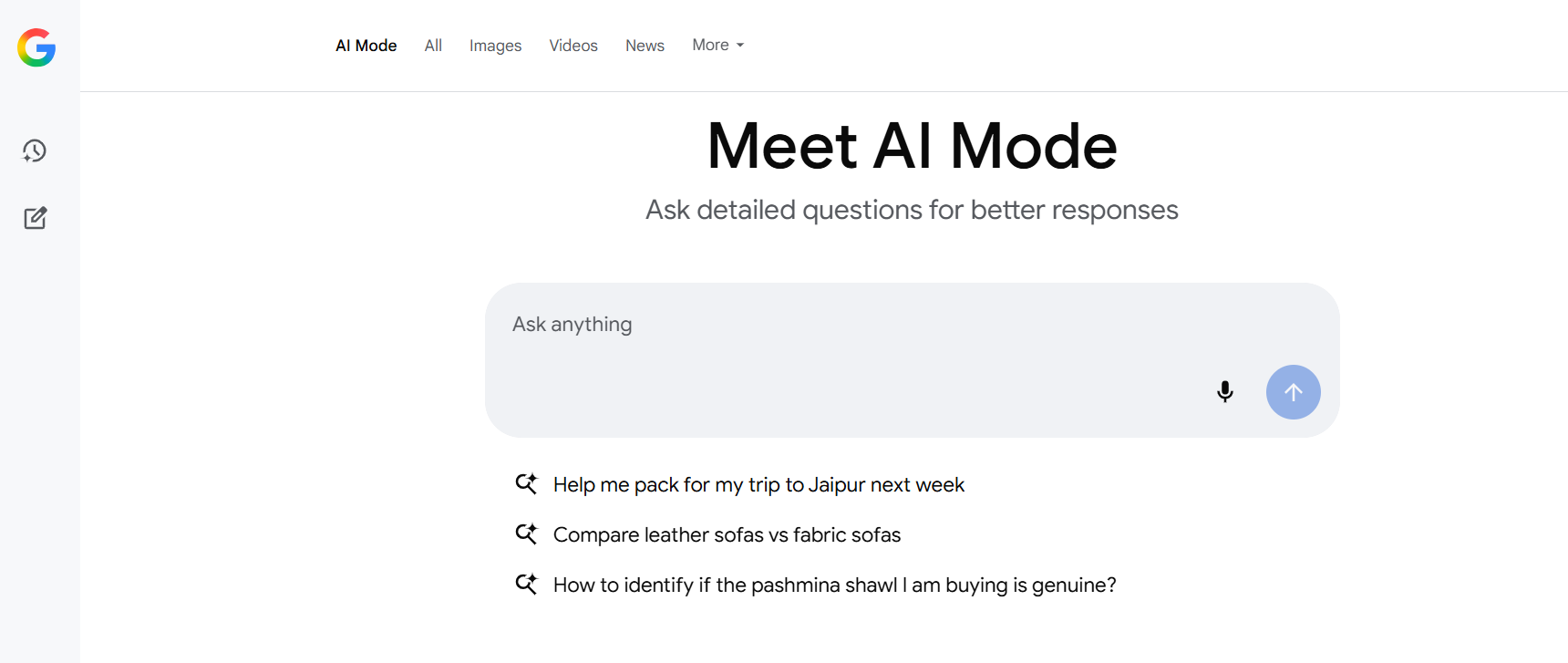A recently published study brought to light the real nature of EHR implementation in critical access hospitals. Irrespective of the omnipresent nature of this technology in the present day medical industry, it is not being utilized to the fullest by CAHs.
It is stated that EHR adoption has become universal nowadays so the requirement to measure hospitals and the use of advanced EHR functions can go beyond the digitization of clinical data to deliver the value to patients and clinicians going to increase”
Furthermore, examining customer engagement and data analytics parameters by less accurate usage of technology, It is also said- “Our measures of advanced EHR use in the domains of patient engagement and clinical data analytics usually shows a lower levels of adoption than the basic EHR.”
But, what is the implication of this report? And where does this information direct us to? Let’s find out.
How is this Report Significant?
After almost a decade of the Health Information Technology for Economic and Clinical Health Act passage, it was said that basic EHRs were disturbed evenly across different cadres of hospitals in the USA. However, if early data is to be trusted, a certain divide was noted in the implementation across CAH and non-CAH variants. CAHs were found less likely to implement tools for data analytics and patient engagement.
Experts said- All the Patient engagement tools can facilitate efficient communication and It gives you improved access, and can enable interoperability for care coordination, and the capabilities of clinical data analytics gives hospitals the ability to leverage the data in their EHRs in real time.
The aforementioned study accessed the most recent data available with one of the Hospital Association in USA, Annual Survey of Hospitals IT Supplement to examine the existence of this divide.
Following are the observations/conclusions from the study-
· In 2018, the adoption rate of EHR across hospitals was 98.3%. They incorporated either a basic or comprehensive EHR with no visible divide across CAH and non-CAH hospitals.
· Continuing the data accumulated from 2018, they further added a certain divide was seen in the level of EHR technology being used. Where 64.5% non-CAHs adopted advanced technology, 32% CAHs were not at par with this standard.
· Additionally, the widening adoption rate gap was seen between 2014 and 2018.
The report also took into account the provisions provided by the HITECH Act. It laid emphasis on hospitals with fewer resources and adoption of new EHRs instead of improving the existing system.
Two reasons came out as apparent ones for non-adoption of EHRs at CAHs-
· A lot many functions of patient engagement like appointment scheduling are possible via phone calls. Hence, enabling them digitally does not look like a need.
· Factors like workforce capacity constraints and technical expertise in the area of clinical data analytics is hindering implementation.
On noting these trends, the author stated- “Regardless of what is driving these gaps, they are problematic, as they have implications for patient care, specifically, without the tools to measure such as quality, patient populations, and more generally the total leverage of clinical data.
To promote advanced EHR functions in CAHs, policymakers could set a new standard and allocate targeted support.
What does the Larger Picture Look Like?
Now that more than ten years of the HITECH Act have passed, there is a lot of learning for the stakeholders that can be used to introduce changes. A study that came to light in the early part of the year suggested that policymakers couldn’t foresee the degree of impact widespread HER use will have on clinician burnout.
Additionally, they also suggested that patient harm because of identity theft and alert dependence were blown out of proportion.
Experts also pondered upon the two unforeseen outcomes of HIT over the past decade: EHR vendor monopoly and negligible improvement in user experience.
What did the Researchers Conclude?
To give a holistic idea of their research, they asserted- “While EHR adoption has reached parity at a high level across the U.S. The acute care hospitals and the advanced use among the CAHs and non-CAHs has not diminished for the last few years. These functions usually underpin many of the quality improvement & population health efforts, and this also prevents patients who receive care at CAHs from benefiting from a fully digitized healthcare system.
This observation creates a room for discussion and improvement as far as CAHs are concerned. The changes must be introduced to avoid seeing disparity in how patients are treated at these medical facilities and whether or not they wholly benefit from digitalization.
Conclusive Statement
The result of the research suggested that a divide does exist between CAH and non-CAH faculties in terms of EHR adoption. Intention behind publishing the conclusive statement is to make medical institutions understand ground reality and work on improving the status of EHR in CAHs. To assist in this development, a development company specializing in the healthcare niche is the best bet. SoftGrid Computers offers remarkable services to help your EHR reach from basic to advanced level. Consequently, you will notice better customer and provider satisfaction.

 Web and Full Stack
Web and Full Stack CMS and Frameworks
CMS and Frameworks Online Marketing
Online Marketing Cloud Services
Cloud Services ECommerce
ECommerce Mobile
Mobile



